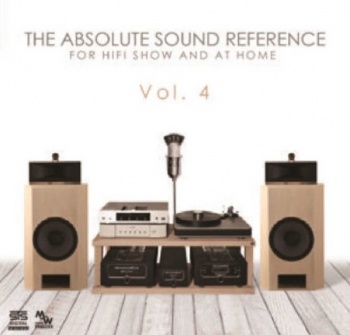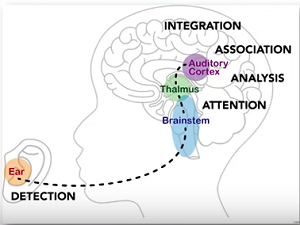


When there is no audio coming from the far end, it is impossible to generate a valid Room Impulse Response, so the AEC algorithm is paused.
#PROCESSING SOUND REFERENCE INSTALL#
NLP also provides very fast, but lower quality echo cancellation during times when the AEC Algorithm has not fully converged, and the AEC Adaptive Filter is not yet able to eliminate the loudspeaker audio. In Processing 3.0 you can install Minim from the Contribution Manager. Non-Linear Processing (NLP) eliminates any residual loudspeaker audio present in the microphone signal after the microphone audio has been processed by the AEC Adaptive Filter.

That Room Impulse Response is used to program the AEC Adaptive Filter. The AEC Algorithm compares the AEC Reference to the output of the Adaptive Filter in order to generate and refine a Room Impulse Response (RIR) that matches the teleconference room.The AEC Adaptive Filter is a programmable filter used to remove the loudspeaker audio from the microphone signal.


 0 kommentar(er)
0 kommentar(er)
